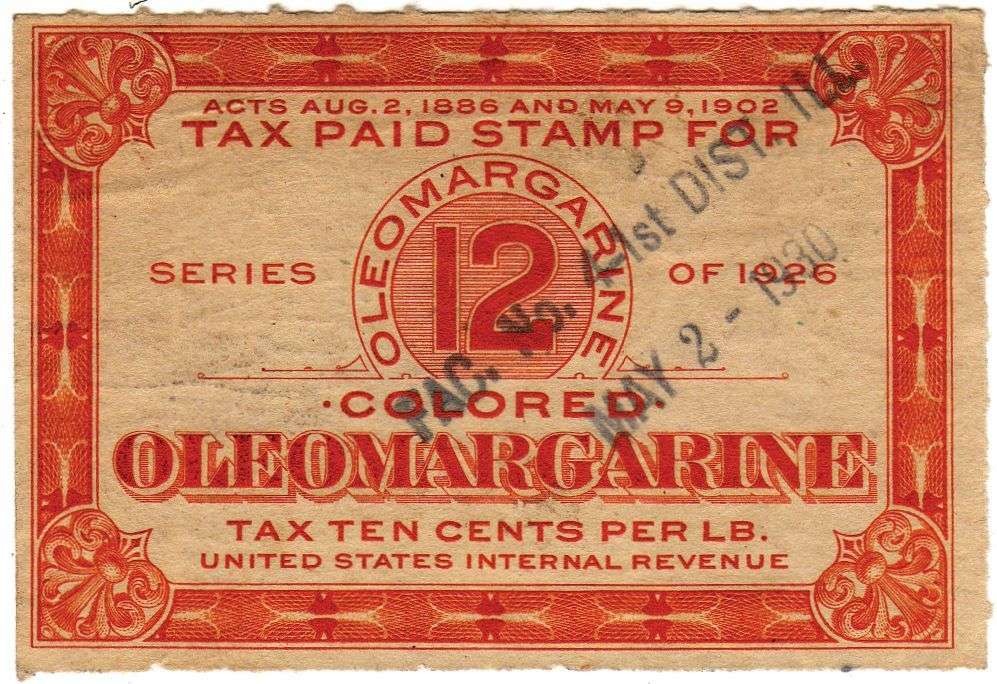I say having spent the last weekish frustrated that my printer seemed to just be awful at making prints with even loose tolerances all the sudden.
I was using filament that had been left out a month or two, so not long at all, so I thought. Killed the rest of the spool trying to tune things, prints worked perfectly when I got a new spool out.
Goddamnit.
Very true, could also try drying the filament as well.
If it makes you feel better, the very same thing happened to me a few weeks ago. Got it loaded, adjusted flow rate, temps, loaded, and the filament proceeded to crack apart. Multiple places.
Checked date, two years old. Oops.
I have filament that is now more than 5 years old and it still prints fine. But I also had 5 year old filament that printed fine at the outside of the spool, but cracked at the inner 1/3 of the spool (just a day later)
Needed this. Thanks.
Does it also mean that even if I bought a prusa mk4 and used old filament, it would shit the bed?
I think that depends on how it was stored and if you have a way to dry it. I know some people will heat filament or use dessicant packs in an airtight container to restore old filament, but I’m not sure how effective those are since I haven’t tried any of them before.
Definitely would suggest getting new sealed filament for anything that requires tighter tolerances or parts that need to fit together though. The filament I had wasn’t breaking or making things look terrible, but it made the filament expand as the moisture boiled off in it, so the parts were all a tiny bit too big so no parts would fit together properly.
Let me chime in. Like many, I started with cheap printers (< $200 range) like the Anet or Ender models. While they produced results, instead of 3d printing enabling whatever purpose or hobby they were bought for, figuring out the printer (and its issues) suddenly became a hobby of its own.
That was fun for a while and I learned a great many things, but fixing bed leveling issues for the 47th time can get tiring when you just want to get that one print out that would fix the project you’re actually working on. So I caved and shelled out the money for a Prusa.
In turn, 3d printing has become an enabler again. Don’t get me wrong, I do get failed prints every now and then (about 1.5 per year in fact, statistically speaking), but I can immediately trace the error down, and so far, the source of the error has always been the one typing this comment.
Now, on to the filament. After a move I dug out some really old filament that had been sitting out in the open in my previous office for years. Mind you, that means approximately 58% relative humidity with an average temperature of 40F / 22C where I live, so overall the conditions were not horrible. Still, filament is hygroscopic and did apparently pick up all kinds of moisture - I was getting really bad prints, and on my holy Prusa of all things. I was shattered.
Well, long story short, I bought a cheap, one-spool filament dryer on Amazon (Sunlu something something version 2) in a flash sale for like $40 and the issues disappeared.
Moral of the story, no, not even a Prusa with all its reliability can protect you from moisture bubbling and explosively turning into steam in your extruder. Filament drying often does help though.
Thank you. OK I need to take more care of my filament it sounds.
Old filament doesn’t care what printer you use since the filament is basically foaming due to water content when heated in the hot end.
That said, the surface finish of parts on my old i3 clone wasn’t that great. I also never really had problems with wet filament. I have a new printer with much higher quality surface finishes, so I suspect it will be easier to see defects caused by wet filament. So far all is well though and I haven’t changed my old filament storage habits (opened, sitting on my basement floor).
Get a plastic storage container that seals and some desiccant.
I literally would not be able to print TPU without it, and it really helps stringing and lines on my PLA prints too.Moisture in filament is killer. It can, and will, absorb water from the air. Even air that us terrestrial humans don’t think of as particularly humid. You can save yourself a lot of headache by getting a cheap filament dryer (I use one of the rinky-dink Sunlu ones from Amazon) and printing straight out of it if you can jigger a way to get it to feed into your printer. You can often revive filament that’s “gone bad” by cooking it in there for a few hours, also.
For super hygroscopic materials like nylon it’s basically mandatory.
I was trying to print some parts and was having a terrible time, couldn’t get anything to stick to the bed and couldn’t get anything started. I leveled my bed a couple times, checked and rechecked my z offset just couldn’t get a print started. Turns out it was just the two rolls of filament I was trying are just bad filament or something. I switched to a different spool of pla and it immediately started printing fine.




